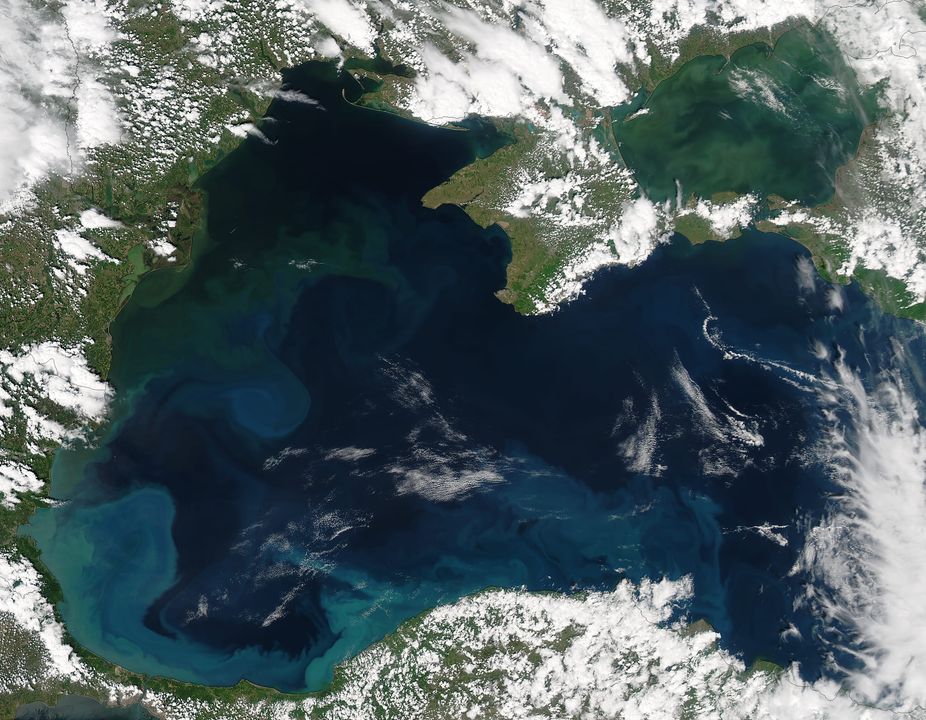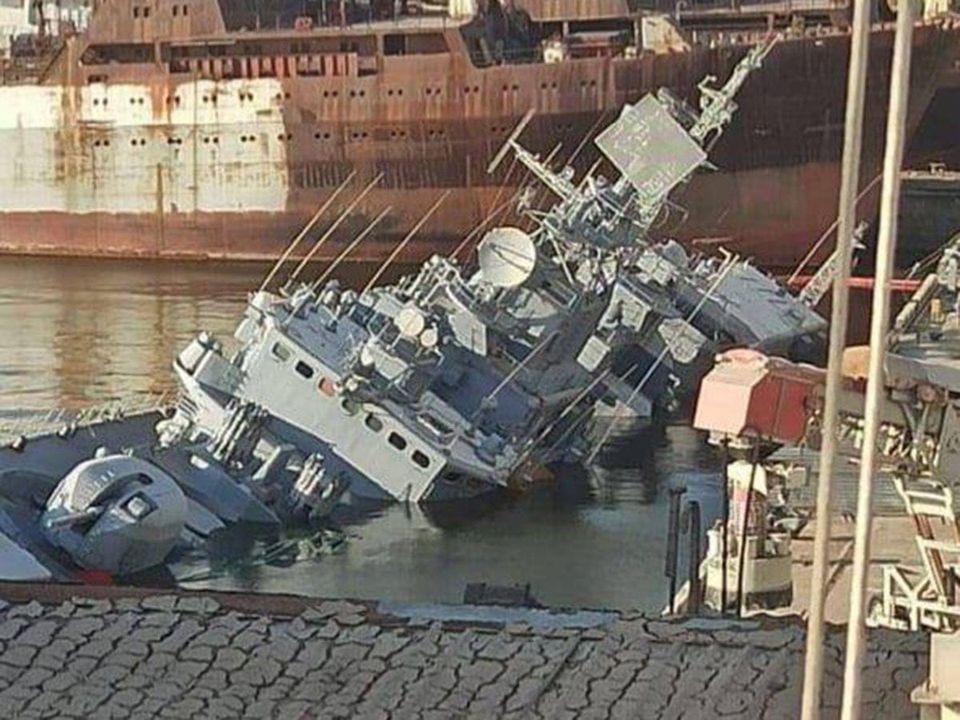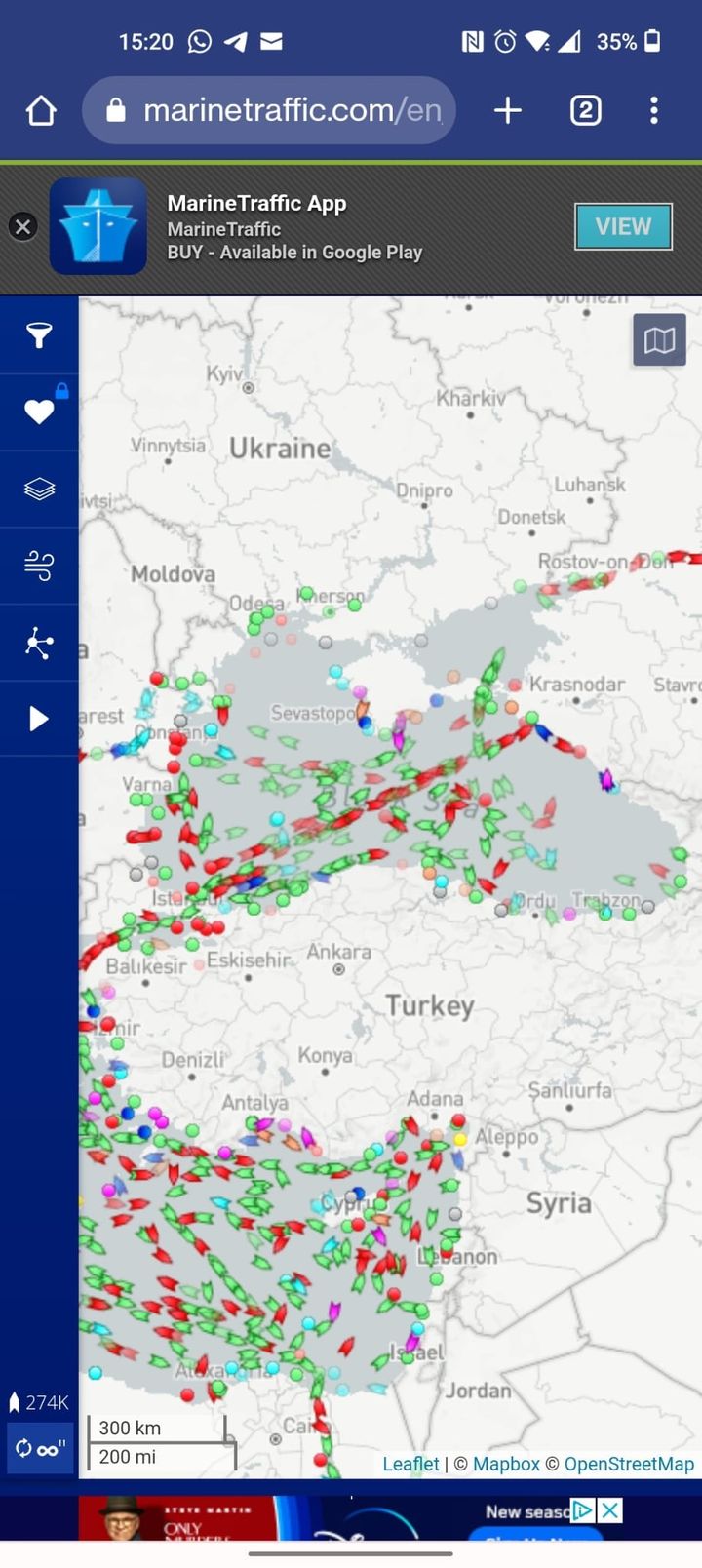The Black Sea: A Maritime Lifeline for Russia and Ukraine


This post is going to briefly focus on the maritime situation and outline some of the larger geostrategic issues faced by Russia and Ukraine. Please keep feedback, comments, and thoughts constructive, on topic and unemotional. Thoughtful and intellectual conversation is highly encouraged!
Background on the Importance of the Black Sea
For Ukraine, it is their maritime lifeline. Their coastal areas and ports offer direct access to the sea and to the Turkish Straits, and thus the Mediterranean Sea and the rest of the world. The heart of this area is the Crimean Peninsula. Access to the sea means maritime commerce and additional economic security for Ukraine. The loss of this access would be a significant injury to their economy and hamper their economic health.
For Russia, the Black Sea also provides access to their only warm water ports, year-round. Russia has a significant military and security interest in ensuring it retains this access. Additionally, Russia has a sizable maritime and strategic military force stationed in the vicinity, centered on the Crimean Peninsula. It can be called their Black Sea centerpiece. Access to the Black Sea and its importance to both nations can best be explained by comparing it to the strategic value of the main Hawaiian Islands to the United States.

Strategic Outlook and War Aims
Russia seeks to retain access to the Black Sea, specifically the Crimean Peninsula, at all costs. Ukraine also seeks to retain full access to the Black Sea, including the Crimean Peninsula. Access for both nations is of vital economic and security importance. There are no alternatives for either nation. Access is critical to their respective national security.
Russian war aims include:
- To conduct a de facto maritime interdiction of the entire Ukrainian maritime lines of communication (i.e., coastline).
- To impede all Ukrainian maritime and associated coastal inlay commerce and deny its use for both military and economic purposes.
- To restrict further Western influence in the region and restrict further Western military forces from operations within proximity to their strategic naval base in the vicinity of the Crimean Peninsula.
- To ensure the security of their maritime lines of communication as well as ensure access to the Turkish Straits (i.e., Mediterranean Sea) unhindered.
Ukrainian war aims are:
- To retain their maritime lines of communication, access to the Black Sea, and the Crimean Peninsula.
- To retain maritime trade routes and ensure access to the Turkish Straits for commerce.
Combat Power
Currently Ukraine operates several small crafts with little to no combat power. They also operate several dozen coastal batteries of Anti-Surface Warfare and Anti-Air missile systems, notably modernized shore-based Harpoon missiles, and have a large garrison in their port city of Odessa. Ukraine also has sporadic aerial assets in support of their forces that can occasionally generate combat sorties when external support is rendered by third parties.
Currently, the Ukrainian navy and ground forces are on the strategic defense and have the task of retaining their current positions, with the ultimate end state of retaking all of their southern territory as well as the Crimean Peninsula from Russia.

Russian Forces and Strategic Control
Currently, Russia operates about a dozen guided missile frigates and corvettes, between 5 and 7 missile boats, 6 or 7 diesel-electric submarines with the ability to launch cruise missiles, roughly 10 or 11 mine warfare ships, and nearly two dozen patrol and support vessels. In addition, they have multiple coastal anti-surface warfare batteries, air defense battalions, and two large Army formations centered around the 58th CAA. Russia also operates several fighter and strike aircraft squadrons, as well as transportation and maritime patrol assets in direct support.
Russian forces are currently enacting a maritime interdiction operation and also employ strikes from sea-based assets against land targets located in Ukraine. Further, Russian forces are operationally paused and on the defense, in the vicinity of Kherson.
Russian naval forces have on average a two to three-week endurance and rotate into position to conduct interdiction operations against Ukraine’s coastline and port cities.
Treaty Dynamics and Additional Information
Due to the 1927 treaty with Turkey, the Turkish Government has de facto control over the strait and is preventing warships from entering or exiting the Black Sea.
Small-scale combat operations occurred over Snake Island where both sides attempted to obtain symbolic victories and culminated with the sinking of the Russian Black Sea flagship. Eventually, the combat operations over Snake Island ended with Russian withdrawal from the island. This is a microcosm of the maritime fight currently ongoing. As stated above, Ukraine has several batteries of anti-surface warfare missiles which force Russia to limit their proximity to the Ukrainian coastline.
The main method for interdiction by Russian forces, however, is via sea mines and the threat of employment of anti-surface warfare munitions against vessels trying to sortie. This can be done from outside the range of most Ukrainian OTH sensors and munitions. Ukraine attempts to mitigate this via obtaining intelligence support from specific Western nations, thus allowing for increased situational awareness and to a degree, situational understanding.
Conclusion and Strategic Impact
The introduction of mobile Harpoon systems will give Ukraine additional capabilities and further restrict Russian surface vessels from operations close to the shore. However, these missiles do not fully restrict Russian surface operations and are only moderately effective due to the small numbers available, the need for off-board sensors, and targeting assistance. These munitions also are unable to mitigate Russian aerial, missile, or subsurface threats posed against Ukrainian forces and shipping.
As things stand now, Ukraine is unable to break the interdiction and possesses no surface, subsurface, or aerial combat capability that can challenge Russian dominance in the Black Sea or its position as the de facto owner of Crimea. The strategic impact will be that unless the interdiction is broken or suspended, Ukraine will have its maritime commerce and lines of communication cut, effectively damaging their economy further.
If Russian forces were to complete their operations in the southeast and shift their focus towards Odessa, with the intent to seize or force its capitulation, the strategic impact for Ukraine would be severe. At the very least, the vital port facilities could be rendered completely inoperable, rendering the port city useless, even if retained.
Also, there are ongoing discussions about Ukrainian grain shipments being allowed to be transited freely and unmolested by the removal of restrictions imposed against it by Russia and the removal of all threats against them. If so, the impact on the global market will be positive. As of today, Russian forces have not attacked grain shipments and have verbally confirmed that they will not impede or attack any grain shipments. While some analysts credit the loss of Snake Island for this change, this author contends that stance is purely shallow and naïve in its assessment.
The reality is that Snake Island does not have any significant influence or impact on Russian anti-surface munitions, torpedoes, mines, coastal batteries, or aerial forces that can engage and destroy defenseless ships carrying grain. Further, it is contended that the approximate cause is that there was a Russian verbal agreement to abide by non-targeting of grain ships and as of tomorrow, this should be a legally done agreement, as mentioned above.
Given the status of the Russian forces in the region, it is unlikely that Russia will be able to indefinitely sustain their interdiction via surface assets. However, due to the Russian coastal systems and large aerial contingents, they will ensure control over the entirety of the Ukrainian coast for the foreseeable future unless external third parties intervene. On this note, during the opening month of the conflict, several so-called experts and paid advocates championed for a direct NATO (U.S.) military operation to ensure the freedom of navigation to the Ukrainian coast. That course of action could have been considered as tantamount to war and was outright rejected by the United States.
Conclusion
Strategically speaking, Russia is currently achieving its Black Sea strategy with only the loss of a few assets and it is likely to continue to possess de facto control over the Black Sea, that is unless a serious amount of foreign military aid arrives to properly arm Ukraine to directly contest the Russian forces in the Black Sea.
Lastly, in the comment section, drop a line if you want another topic written about, there is a whole world out there to cover. Until next time.
-Mel Daniels










